Tags: Earth

Potentially Hazardous Asteroid Will Flyby Earth on Halloween at Roughly 68 Times the Speed of Sound

Auroras Can Destroy Earth’s Ozone Layer [Study]

Earliest Proof of Plate Tectonics From 3.2-Billion Years Ago May Offer Insights on How Life is Possible on Earth
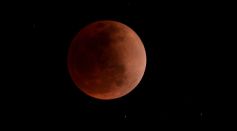
Final Total Lunar Eclipse of the Year Will Not Happen Again in the Next Three Years: Here’s What To Expect
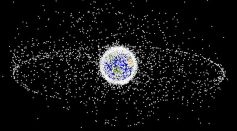
Worsening Climate Change Increases Lifespan of Space Junk Orbiting Earth, Preventing Efforts of Cleaning the Atmosphere

Partial Solar Eclipse: Shadow of Moon Not Touching the Earth’s Surface at Any Point in This Week’s Occurrence [Report]

What Are the Chances of a Black Hole Hitting Earth? Here's What To Expect if That Happens

Newly Discovered Black Hole in Solar System Found Near Earth’s Backyard [Study]
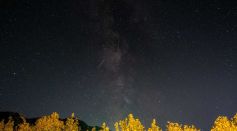
2022 Orionid Meteor Shower Will Peak During the Predawn Hours on Friday: Here’s How to Watch This Cosmic Spectacle
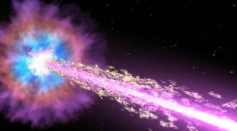
NASA Telescopes Detect Gamma-Ray Bursts From Star That Hit Earth

Astronaut Aboard the ISS Photographed Bizarre Two Blue Orbs Shining Over Earth's Atmosphere
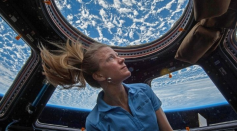
Moon, Earth Slowly Grows Apart Every Year; Here’s Why

NASA Spacecraft Carrying Asteroid Bennu's Sample on Track for Its Return on Earth in Fall 2023
NASA’s Lucy Spacecraft Swings by Earth on Its Launch’s Anniversary

Here’s How NASA’s DART Spacecraft Forever Deflected Planetary Defense

NASA's DART Spacecraft Worked! Asteroid Killer Changed the Harmless Space Rock's Orbit More Than Expected
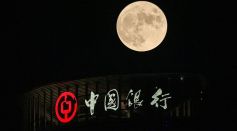
China Eyes Lunar Underground Volcanic Caves to House Astronauts on the Moon
[LOOK] 1 Billion Years of Earth’s Shifting Tectonic Plates in Just 40 Seconds

NASA Supercomputer Simulation Shows Moon May Have Formed in Hours, Not Years, Following a Violent Collision

Space Exploration: Scientists Suggest Nitrous Oxide Could Be Found Outside Earth, a Sign of Extraterrestrial Life
Most Popular

Will Earth's Magnetic Poles Flip Next? Magnetic Pole Reversal Explained Through Cutting‑Edge Magnetosphere Science

How Lightning Science Reveals Why Charged Storms Are Rising with Global Warming Effects

Relativity Time Dilation Explained: The Physics of Time and Why It Moves Differently in Space

Earthquake Magnitude vs Intensity: Key Differences Explained for Accurate Measurement





